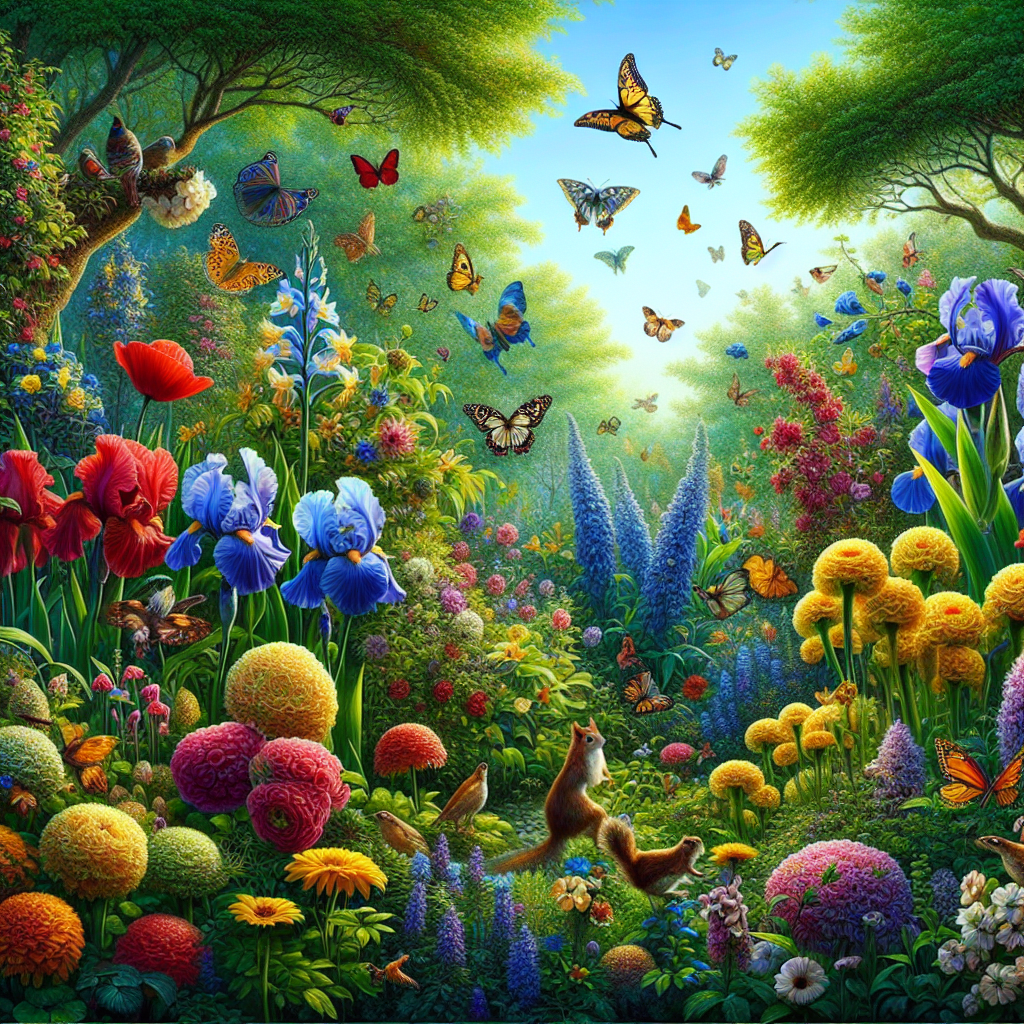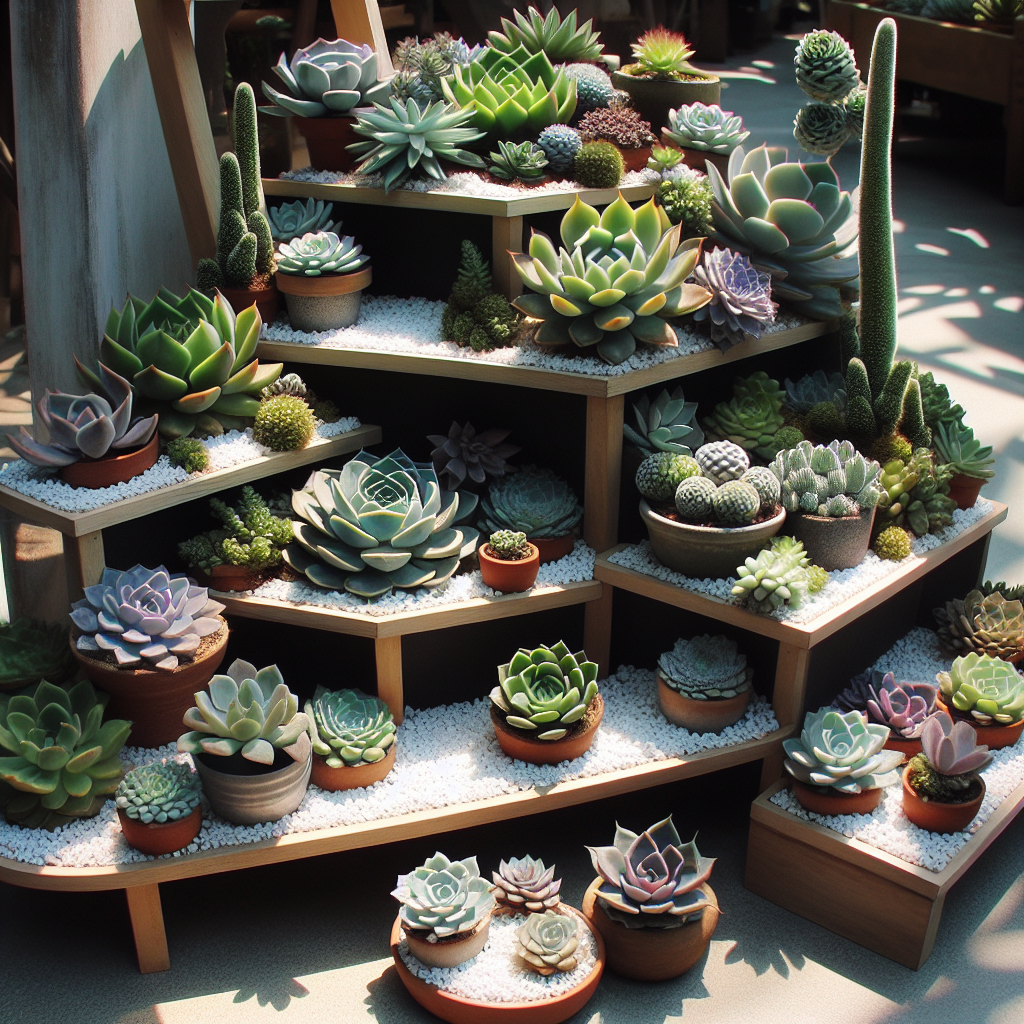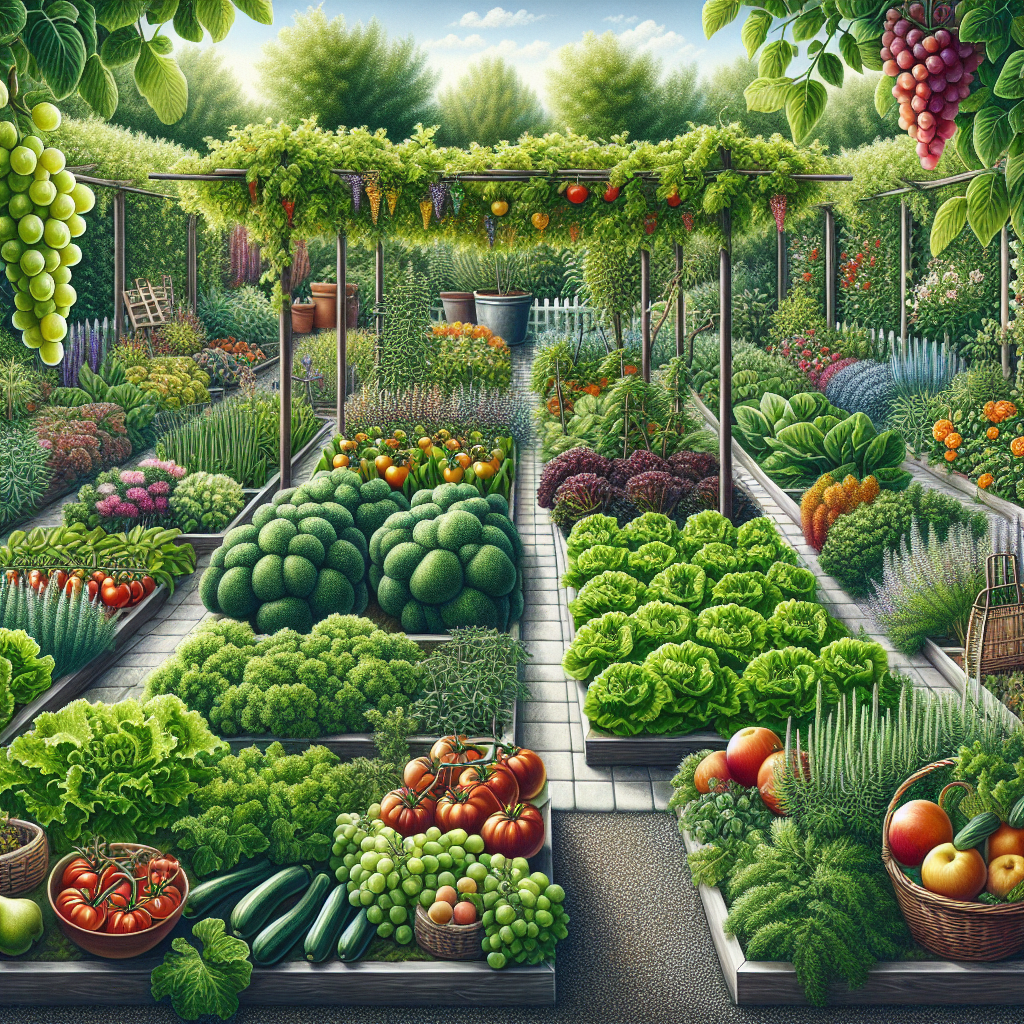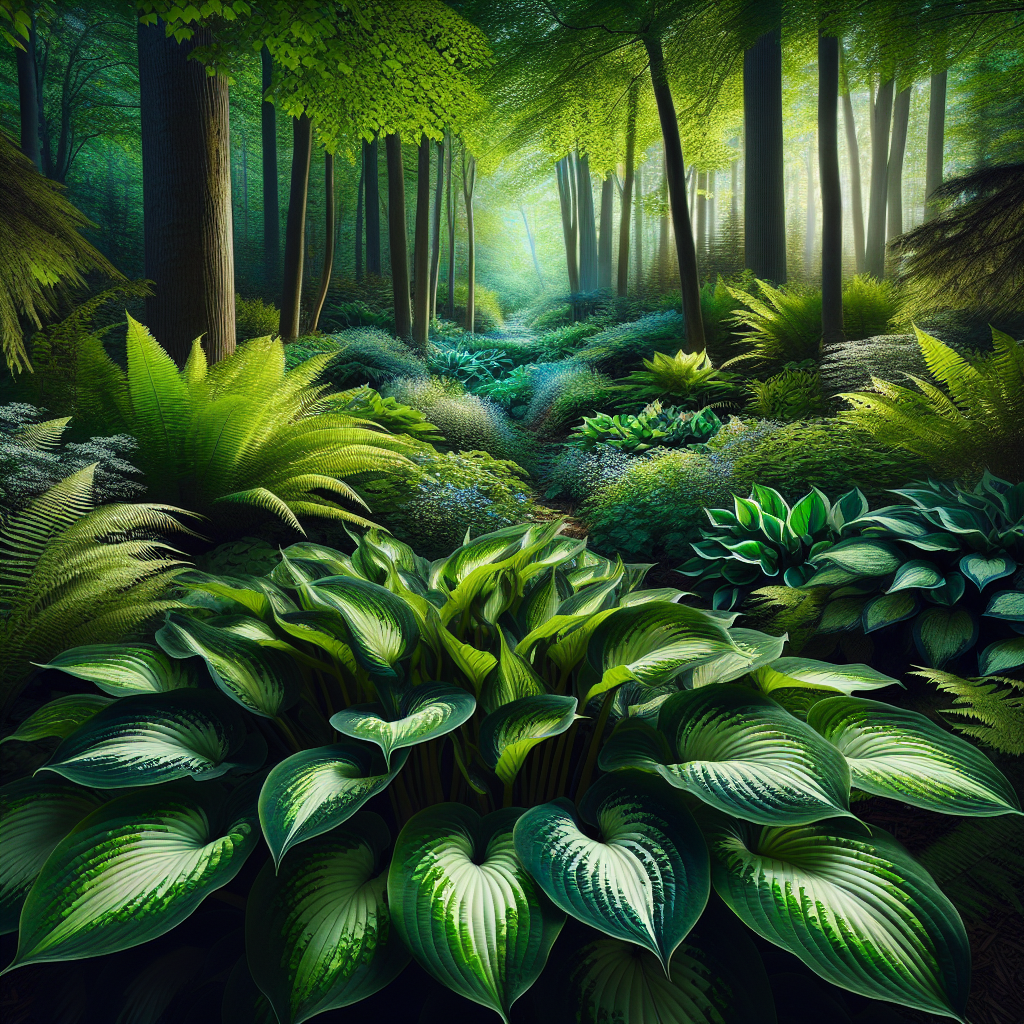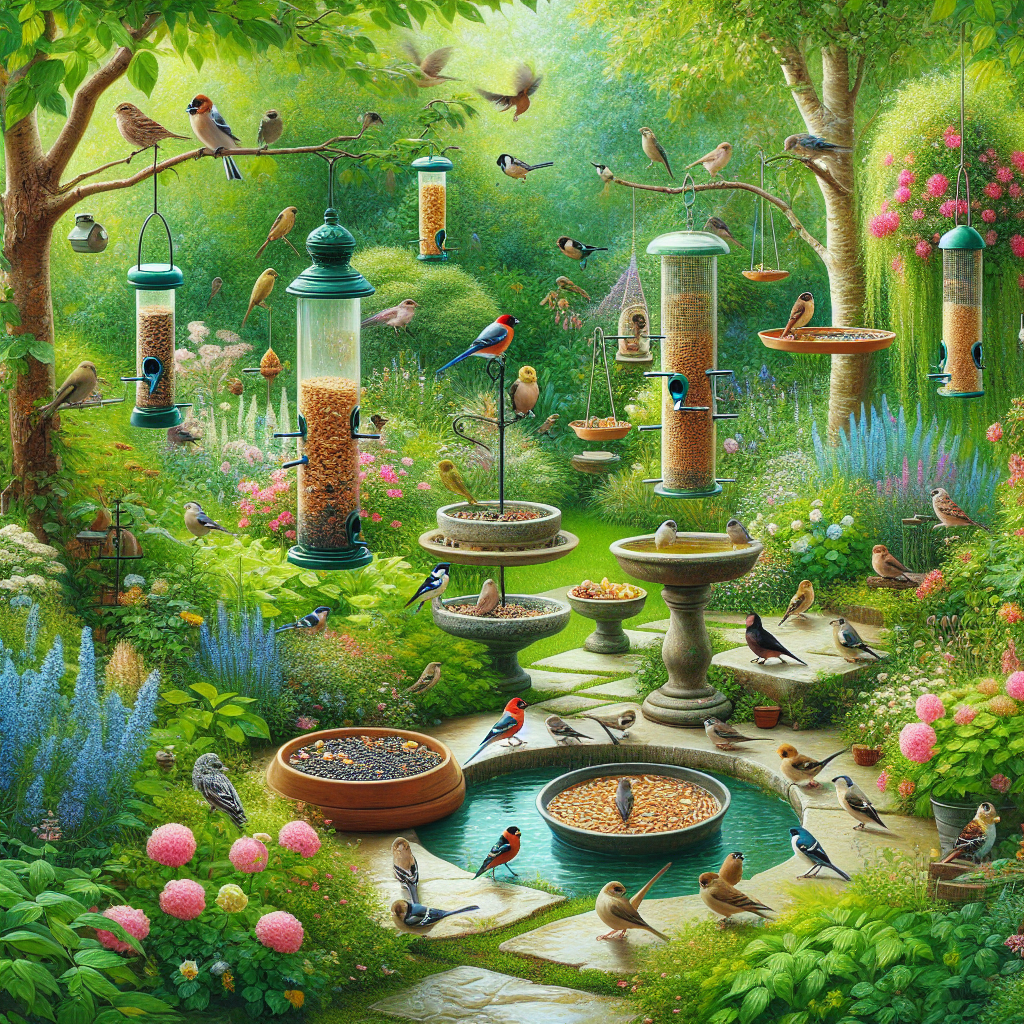Lush Butterfly Garden Haven to Attract Wildlife
Creating a lush butterfly garden haven in your backyard is not only a beautiful addition to your outdoor space, but it also provides a safe and inviting environment for butterflies and other wildlife. By following these step-by-step instructions, you can transform your garden into a vibrant and thriving habitat that will attract a variety of butterfly species. Get ready to immerse yourself in the wonders of nature and create a haven for these delicate creatures.
Step 1: Choose the Perfect Location
The first step in creating your butterfly garden is to choose the perfect location. Butterflies thrive in areas that receive plenty of sunlight, so select a spot in your yard that gets at least six hours of direct sunlight each day. Additionally, try to find an area that is sheltered from strong winds, as butterflies prefer calm and peaceful environments.
Step 2: Prepare the Soil
Once you have chosen the location, it’s time to prepare the soil. Butterflies are attracted to nectar-rich flowers, so it’s important to create a nutrient-rich soil that will support their growth. Start by removing any weeds or grass from the area. Then, loosen the soil with a garden fork or tiller and mix in organic matter such as compost or well-rotted manure. This will provide the necessary nutrients for your plants to thrive.
Step 3: Select Butterfly-Friendly Plants
Now comes the fun part – selecting the plants for your butterfly garden. Choose a variety of nectar-rich flowers that bloom at different times throughout the year to ensure a continuous food source for butterflies. Some popular choices include:
These plants not only provide nectar for adult butterflies but also serve as host plants for their caterpillars. Be sure to research the specific needs of each plant and choose varieties that are native to your region for optimal success.
Step 4: Plant Milkweed
Milkweed is a crucial plant for any butterfly garden, as it is the sole food source for monarch butterfly caterpillars. Planting milkweed will not only attract monarch butterflies but also support their entire life cycle. Choose a sunny spot in your garden and sow the milkweed seeds directly into the soil. Water the seeds gently and keep the soil moist until they germinate.
Step 5: Provide Water Sources
In addition to nectar-rich flowers, butterflies also need a water source to thrive. Create a shallow water dish by placing a saucer or shallow bowl in your garden and filling it with water. Add a few small rocks or pebbles to provide perches for butterflies to rest on while they drink.
Step 6: Install a Butterfly Bush
A butterfly bush, also known as buddleia, is a must-have in any butterfly garden. These shrubs produce large clusters of flowers that are irresistible to butterflies. Choose a variety that is native to your region and plant it in a sunny spot in your garden. Be sure to provide enough space for the bush to grow and spread its branches.
Step 7: Add Lantana for Colorful Blooms
Lantana is another fantastic addition to your butterfly garden, thanks to its vibrant and long-lasting blooms. This plant is known for attracting a wide variety of butterflies with its nectar-rich flowers. Plant lantana in well-draining soil and provide regular water to keep it healthy and blooming.
Step 8: Include Coneflower for a Pop of Purple
Coneflower, also known as echinacea, is a beautiful perennial that adds a pop of purple to your butterfly garden. Its daisy-like flowers are not only visually appealing but also attract butterflies and other pollinators. Plant coneflower in well-draining soil and water it regularly until it becomes established.
Step 9: Plant Black-Eyed Susan for a Splash of Yellow
Black-Eyed Susan is a classic choice for any butterfly garden, thanks to its cheerful yellow flowers and ability to attract butterflies and bees. This hardy perennial thrives in full sun and well-draining soil. Plant black-eyed Susan in groups for a stunning display of color.
Step 10: Maintain Your Butterfly Garden
Once your butterfly garden is established, it’s important to maintain it properly to ensure its long-term success. Here are some essential maintenance tasks:
- Water your plants regularly, especially during dry spells.
- Remove weeds and dead flowers to keep your garden looking tidy.
- Monitor for pests and take appropriate action if necessary.
- Provide additional food sources such as ripe fruit or sugar water during periods of low nectar availability.
- Observe and enjoy the butterflies and other wildlife that visit your garden.
Conclusion
Creating a lush butterfly garden haven in your backyard is a rewarding and fulfilling project that not only adds beauty to your outdoor space but also supports the delicate ecosystem of butterflies and other wildlife. By following these step-by-step instructions and selecting the right plants, you can create a vibrant and thriving habitat that will attract a variety of butterfly species. So roll up your sleeves, get your hands dirty, and embark on this exciting journey to transform your garden into a haven for butterflies.

